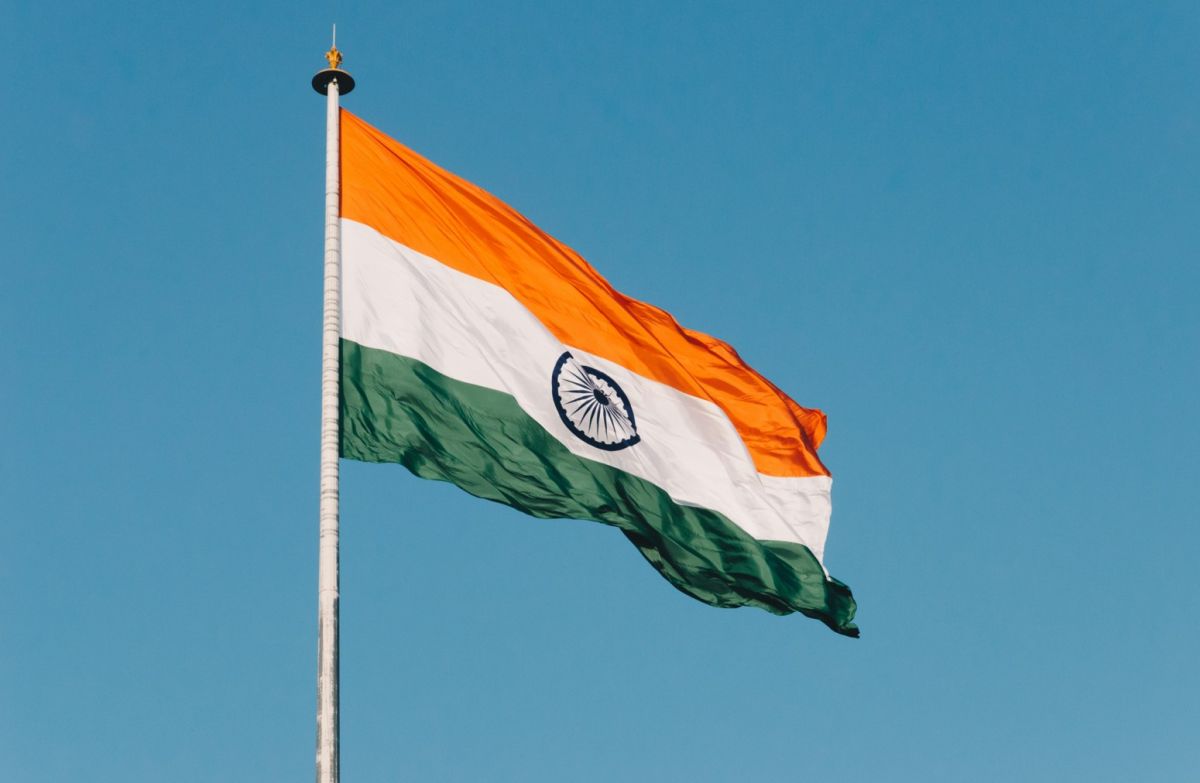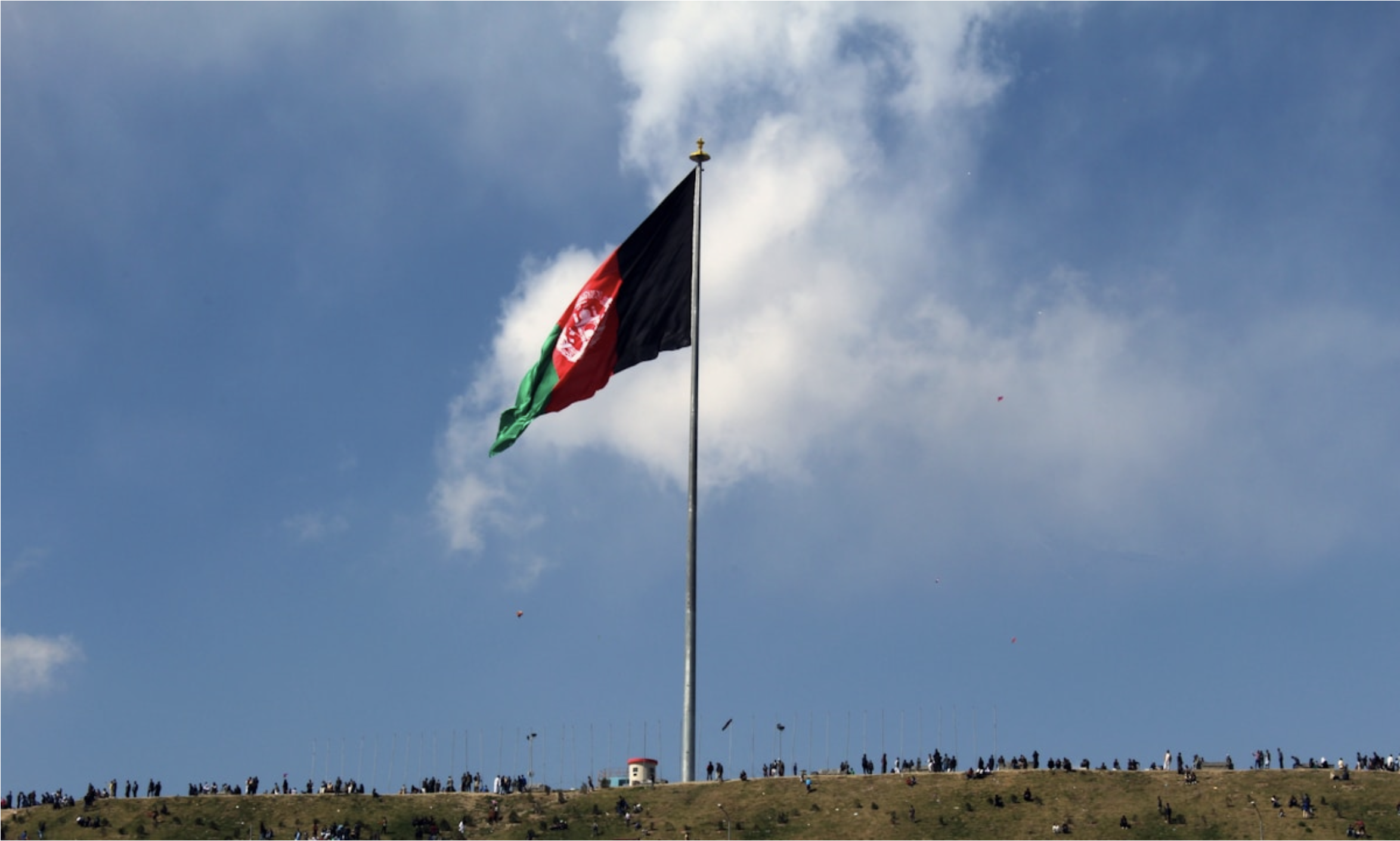
Economy, International Markets, Week in Review
India faces headwinds from US tariff confusion
India’s economy faces major headwinds as U.S. President Donald Trump imposes penalty for buying Russian goods on top of a 25% tariff. The tariff took effect August 1, after the previous 26% tariff introduced in April was paused following negotiations.

India’s economy faces major headwinds as U.S. President Donald Trump imposes penalty for buying Russian goods on top of a 25% tariff. The tariff took effect August 1, after the previous 26% tariff introduced in April was paused following negotiations.
The tax on Indian imports is much higher than other Asian countries, with Vietnamese exports taxed at 20%, Indonesian exports taxed at 19% and Japanese exports taxed at 15%. “This is a major setback for Indian exporters, especially in sectors like textiles, footwear and furniture, as the 25% tariff will render them uncompetitive against rivals from Vietnam and China,” said S.C. Ralhan, president of the Federation of Indian Export Organisations, per Reuters.
It is unclear exactly what the penalty for buying Russian arms and energy will be, with the White House clarifying that Trump takes issue with India’s ongoing trade with Russia as well as it’s involvement with BRICS, an intergovernmental organization between Brazil, Russia, India, China, South Africa, Egypt, Ethiopia, Indonesia, Iran and the United Arab Emirates. Trump had previously said there will be an additional 10% tariff on any country aligned with the BRICS nations’ “Anti-America policies.”
“The tariff (and penalty) now proposed by the US is higher than what we had anticipated and is therefore likely to pose a headwind to India’s GDP growth. The extent of the downside will depend on the size of the penalties imposed,” said Aditi Nayar, chief economist at ratings agency Icra, per the BBC.
GDP forecasts for India dropped from 6.5% to 6.2% after initial trade proposals, according to the BBC, with some economists predicting an additional 0.2% hit following recent announcements. Indian stock markets reacted negatively to the news, but there is hope that a new deal between the U.S. and India could be reached, cushioning the tariff blow.
India’s agricultural sector, which constitutes 40% of the workforce, is at the center of talks with the U.S. as India is pressured to opened their agricultural and dairy markets. India has resisted such moves, fearing that opening the markets would hurt millions of farmers. Tariff cuts on corn, soybean, wheat and ethanol are off the table, as Indian officials see subsidized U.S. farm products as a risk, according to Reuters. Regulations around agricultural and dairy imports in India are centered around protecting the nation’s farmers, with agricultural workers making up the largest voting bloc in the country.
“The government attaches the utmost importance to protecting and promoting the welfare of our farmers, entrepreneurs, and [medium and small businesses],” said India’s Trade Minister Piyush Goyal, per Reuters.
According to FCIB’s Credit and Collections Survey, 86% of sales to India are existing customers and 14% are new customers. Of the respondents with customers in India, 36% do not extend credit, while 29% offer 1-30 day terms, 29% offer 31-60 day terms and 7% offer 61-90 day terms.
On average customers in India are 15 days beyond terms, with 22% of respondents seeing increased payment delays. The most common causes of these delays are billing disputes (67%), customer payment policy (67%) and supply chain or shipping issues (33%).
“Make sure all T’s are crossed and I’s are dotted on your contracts and that your customer fully understands to avoid disputes,” one respondent wrote.
“Very slow pay,” another respondent wrote. “Opt for cash in advance when possible.”





